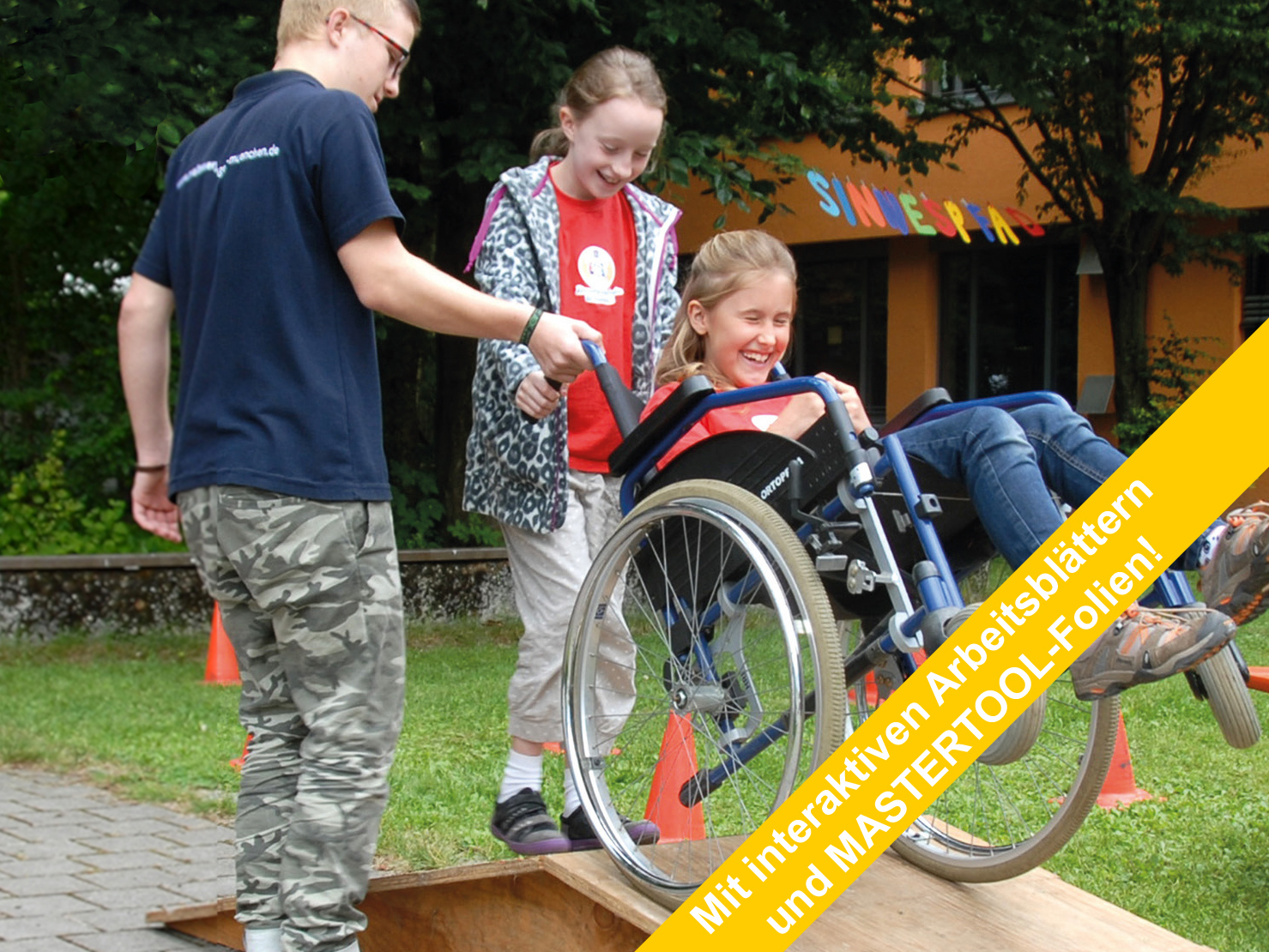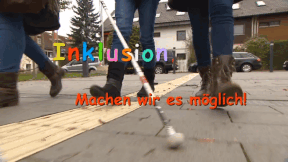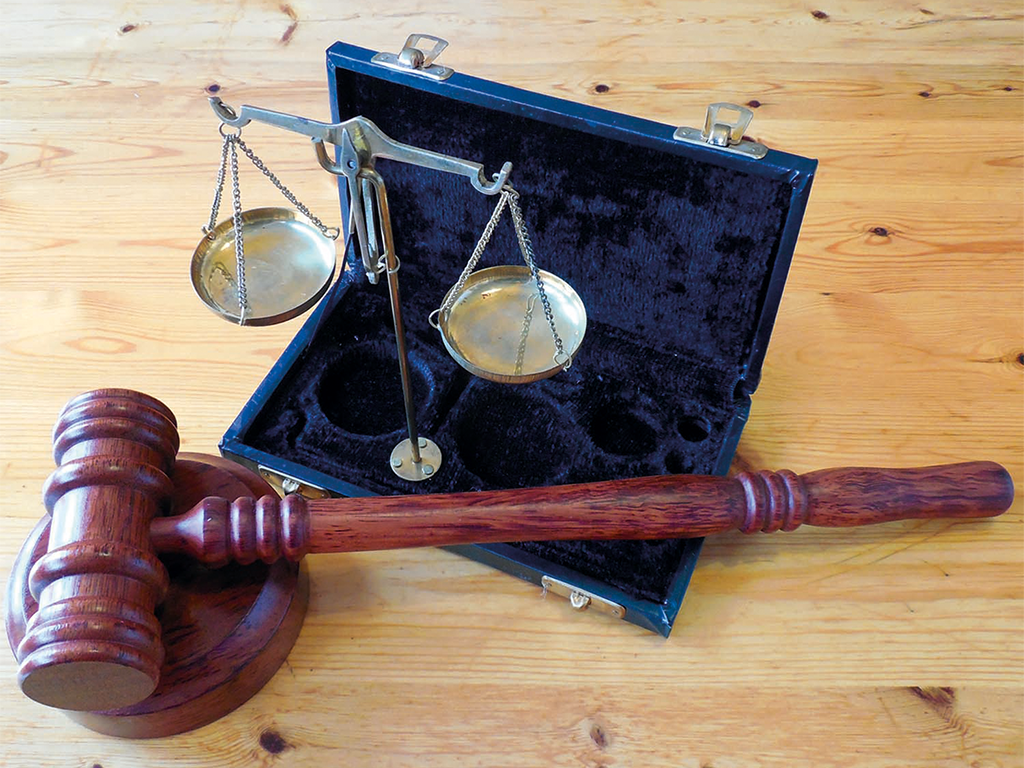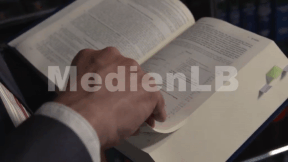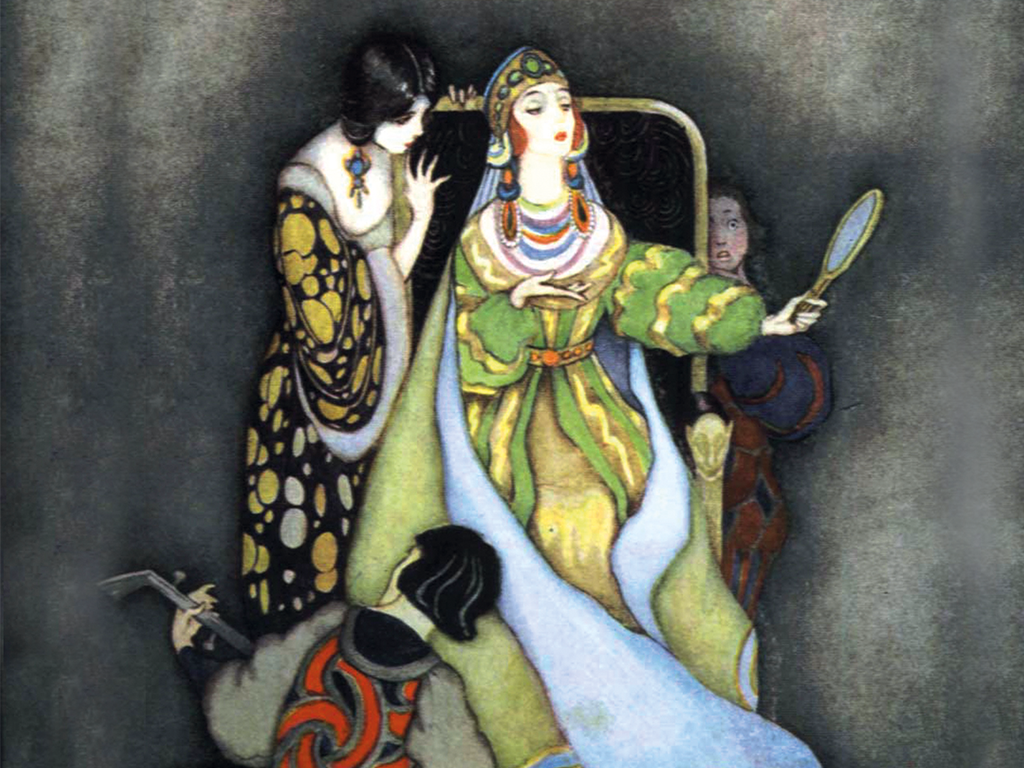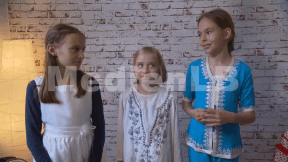 Biology
Biology
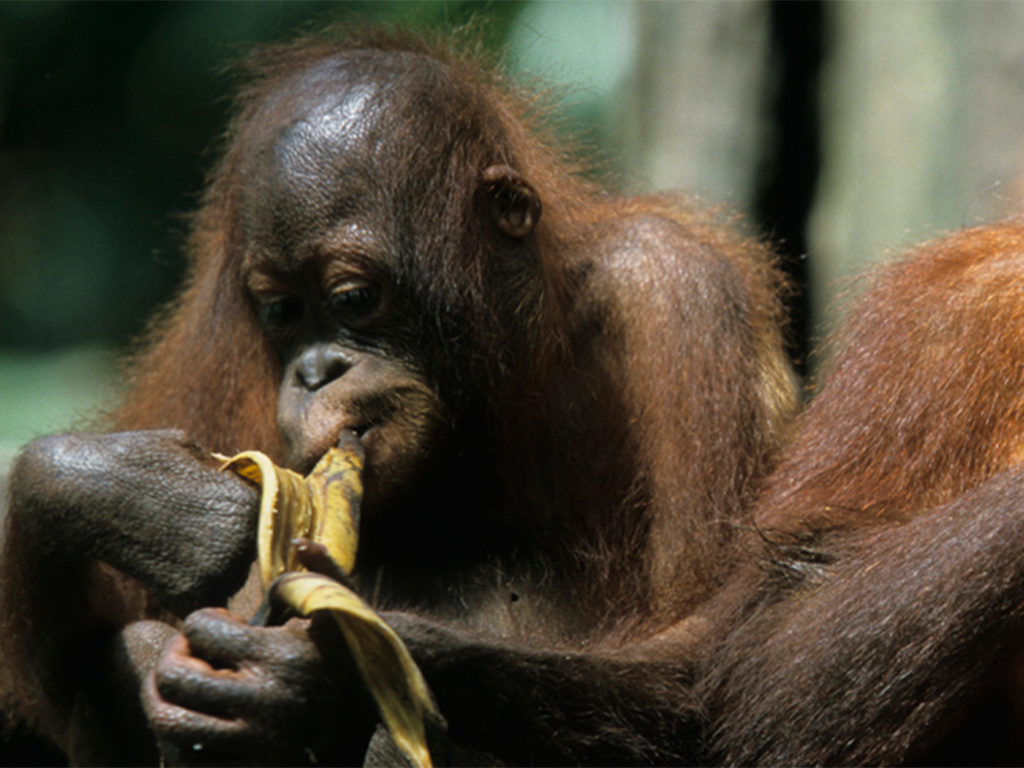
4659112 / 5552218
Evolution
Primates
Of all mammals existing today, the primates have the oldest phylogenetic tree. This film shows on the basis of extant species of the order of primates, which we humans also belong to, the phylogenetic tendencies in evolution from the treeshrew to prosimians, monkeys and apes to the genus homo. Special emphasis is laid on the visible outward characteristics of the skull and its sense organs, changes in the position of the spinal column as well as the development of extremities and their adaptation to various habitats. Changes in the anatomy of the skull, the development of the eye socket and also the shifting of the eyes from the sides to the front position, the dental structure and development of the jaw bones and the changing proportions of the mandible skeleton and the brain case are demonstrated on genuine skulls. The film analyses in detail the evolutionary tendencies of primates and convincingly answers the question on the origins of their development.
Play trailer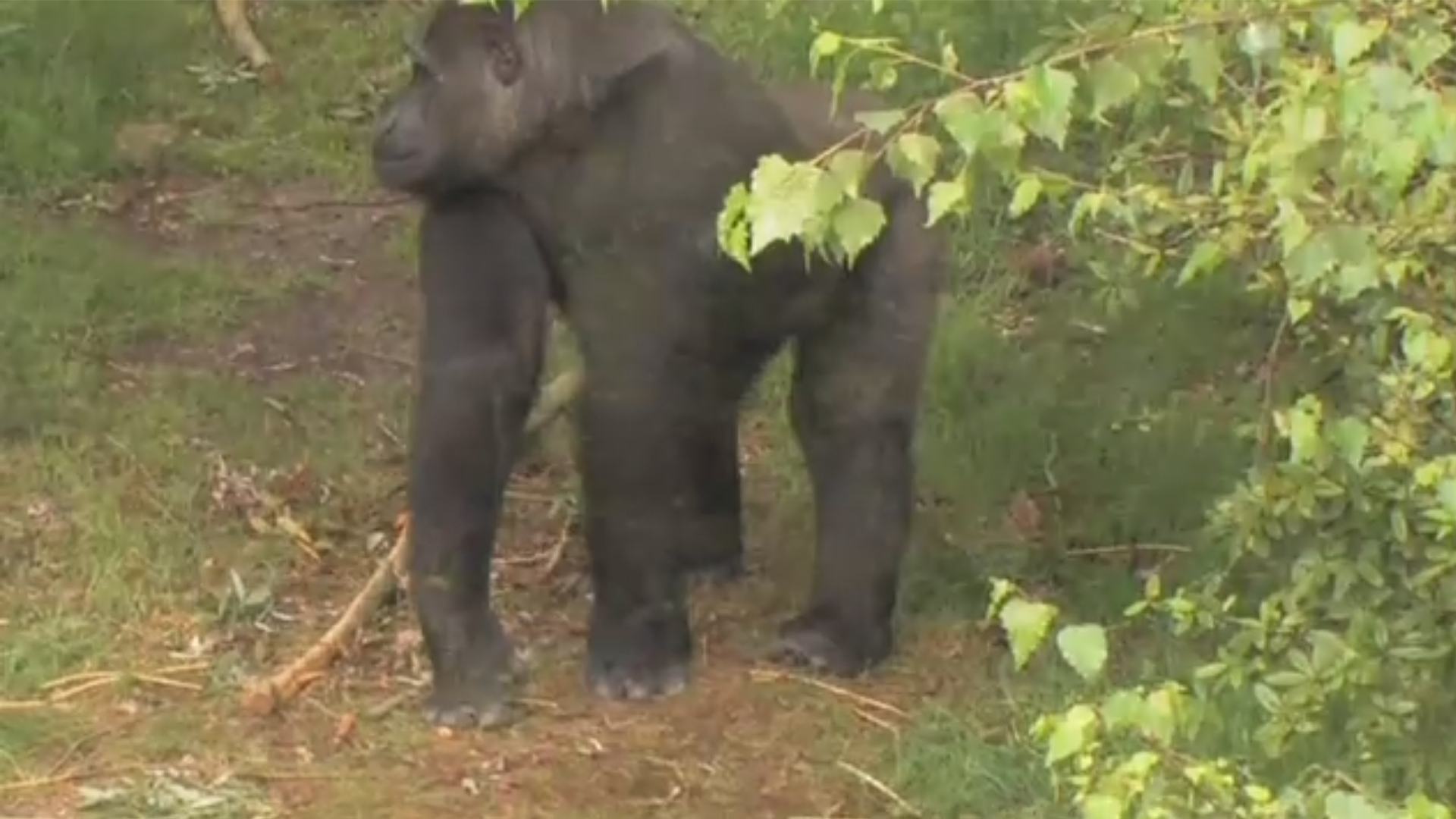
Curriculum-centred and oriented towards educational standards
Matching
Inclusion
Madita is eleven and blind. She does not want to go to a special school but to a regular grammar school. She says she feels "normal" there. Jonathan is eight and has a walking disability. He likes going to the school where he lives. Here, his best friend sits next to him. Max Dimpflmeier, a teacher who is severely deaf, explains that school life is not easy. Quote Max Dimpflmeier: "You don't want to attract attention, you want to avoid saying that it is necessary for you that 70 people adjust to your situation." People on their way to inclusion.
Rights and Obligations
Three girls of different ages: Anna is 17, Paula 15 and Lena 13. Before the law, their respective ages have consequences – because children and adolescents have different rights and also obligations.




